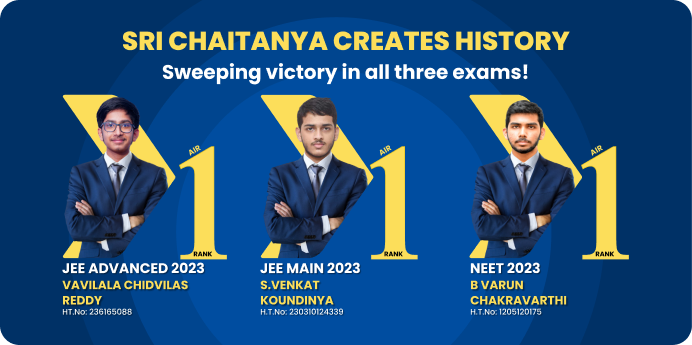
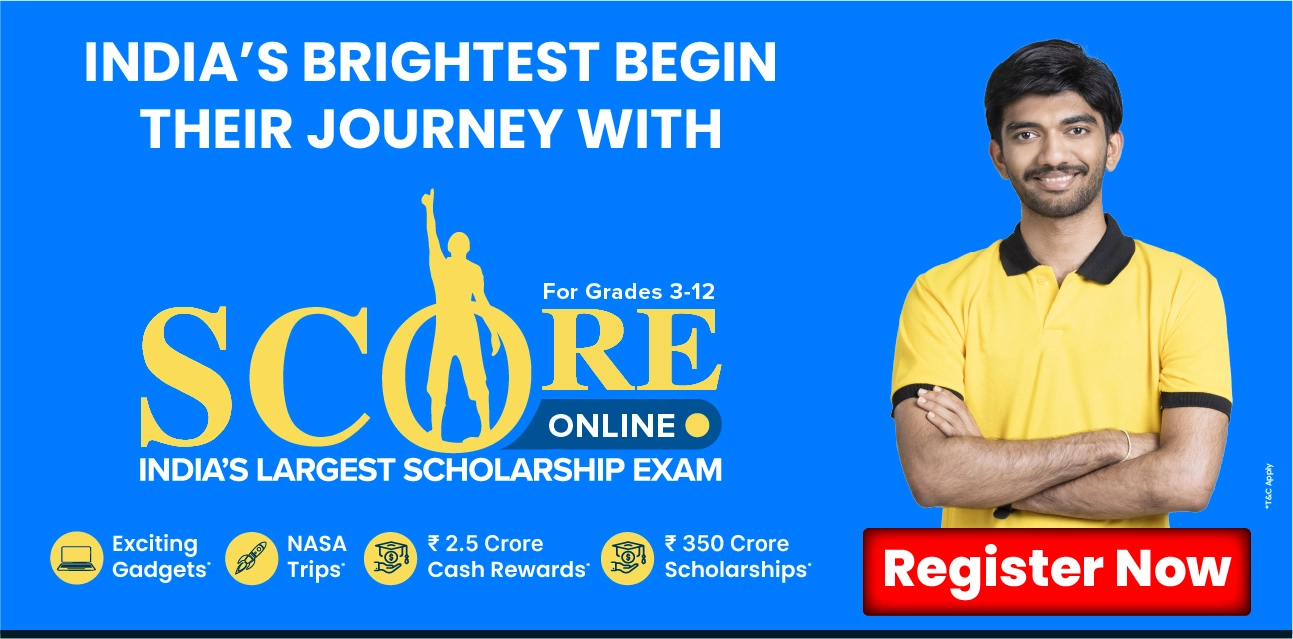

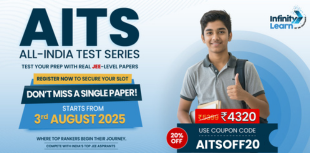
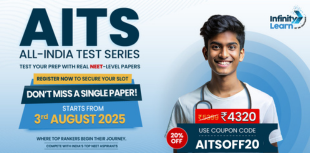
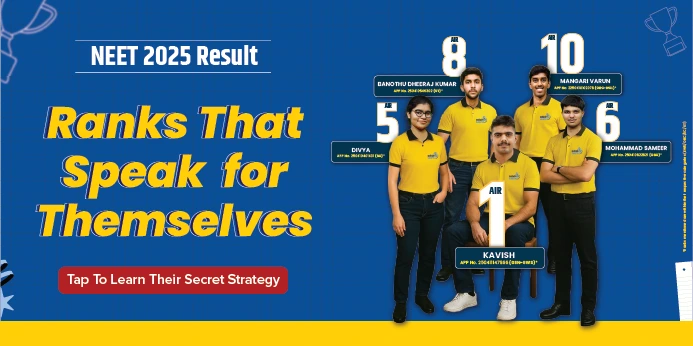
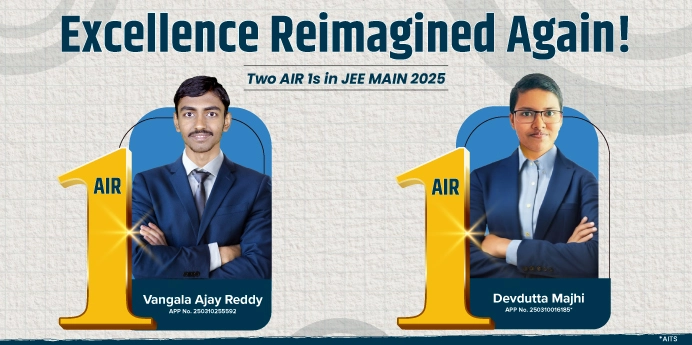
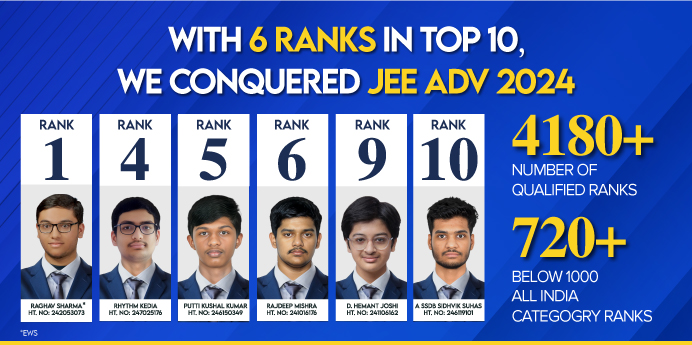
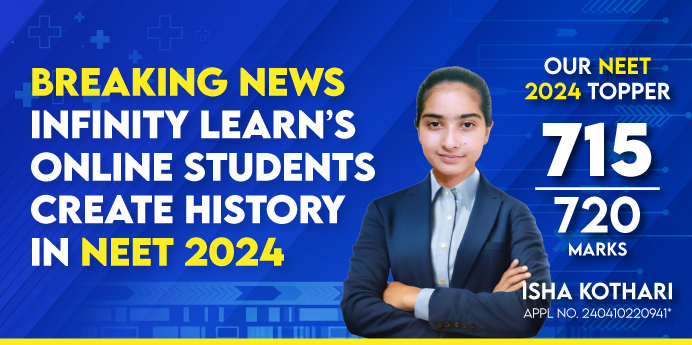


Courses

By Ankit Gupta
|
Updated on 11 Aug 2025, 10:17 IST
Independence Day is one of the most important and proud days in the history of our country. It reminds us of the courage, sacrifice, and determination of the people who fought for our freedom. Every year, on 15th August, we celebrate this day with great pride and joy. It is a time to look back at our nation’s journey, honour our heroes, and think about our duties as responsible citizens.
In 2025, we are celebrating the 79th Independence Day of India. This year’s celebration is not only a moment of pride but also an opportunity to reflect on how far we have come since 1947. Over the decades, our country has grown in many areas—education, science, technology, sports, and culture. While we have made great progress, this day reminds us that there is still much to achieve, and every citizen plays a role in shaping our future.
The Independence Day quiz is a fun and meaningful way to remember our history and learn more about our country. Through this quiz, we can test our knowledge about India’s freedom struggle, our great leaders, key events, and the achievements that have made our nation strong. It’s not only about answering questions correctly, but also about discovering new facts that deepen our love for India.
Our freedom came after years of struggle and sacrifice. Brave leaders like Mahatma Gandhi, Jawaharlal Nehru, Subhas Chandra Bose, Sardar Vallabhbhai Patel, Rani Lakshmibai, and countless others inspired people to join the fight for independence. The quiz will help us remember their contributions and the values they stood for—truth, unity, courage, and selflessness.
This year, as we celebrate Independence Day 2025, let us also think about the meaning of independence today. It is not only freedom from foreign rule but also the responsibility to protect our democracy, respect our diversity, care for our environment, and work for the progress of every citizen.
Taking part in this quiz is like taking a small journey through India’s past and present. You will explore the stories of our freedom fighters, important dates that shaped our nation, and achievements that make us proud today. Whether you know the answers or not, you will leave with more knowledge and a stronger connection to our country.
So, let’s begin the Independence Day 2025 quiz with excitement, pride, and respect for the heroes who made this day possible.
Do Check: List of all the GK Questions

These general knowledge questions offer factual insights into India's independence struggle, iconic leaders, and national symbols.
Q1. When did India gain independence from British rule?
Ans. 15th August 1947
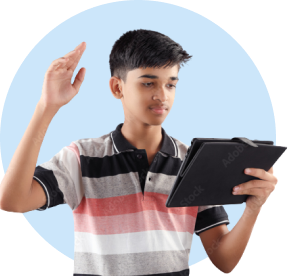
JEE

NEET
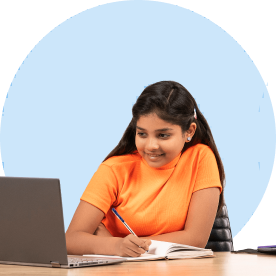
Foundation JEE

Foundation NEET

CBSE
Q2. Who was the first Prime Minister of independent India?
Ans. Pandit Jawaharlal Nehru
Q3. Which movement is associated with "Do or Die"?
Ans. Quit India Movement
Q4. Which Act marked the official end of British rule in India?
Ans. Indian Independence Act 1947
Q5. Who gave the slogan “Jai Hind”?
Ans. Subhas Chandra Bose

Q6. Which freedom fighter was known as the 'Iron Man of India'?
Ans. Sardar Vallabhbhai Patel
Q7. Who hoisted the national flag on 15th August 1947 at Red Fort?
Ans. Jawaharlal Nehru
Q8. Which British Viceroy declared India’s independence plan?
Ans. Lord Mountbatten
Q9. Which revolutionary said, “Give me blood and I will give you freedom”?
Ans. Subhas Chandra Bose
Q10. Which Indian freedom fighter was executed at the age of 23?
Ans. Bhagat Singh
Related Links: Essay on Independence Day | Slogan on Independence Day | Speech on Independence Day
Q1. When was the Indian Constitution adopted?
Ans. 26th January 1950
Q2. Who is known as the Father of the Indian Constitution?
Ans. Dr. B.R. Ambedkar
Q3. What is the ratio of the Indian National Flag?
Ans. 3:2
Q4. What does the Ashoka Chakra represent?
Ans. The eternal wheel of law and dharma
Q5. How many spokes are there in the Ashoka Chakra?
Ans. 24
Q6. What is the national anthem of India?
Ans. Jana Gana Mana
Q7. Who composed the national anthem?
Ans. Rabindranath Tagore
Q8. What is the national song of India?
Ans. Vande Mataram
Q9. Who wrote ‘Vande Mataram’?
Ans. Bankim Chandra Chatterjee
Q10. What does the saffron color in the national flag stand for?
Ans. Courage and sacrifice
Q1. Who led the Salt March?
Ans. Mahatma Gandhi
Q2. Which female leader was called ‘Jhansi Ki Rani’?
Ans. Rani Lakshmibai
Q3. Who established the Indian National Army (INA)?
Ans. Subhas Chandra Bose
Q4. Who was the last Governor-General of independent India?
Ans. C. Rajagopalachari
Q5. Which movement did Lala Lajpat Rai participate in?
Ans. Simon Commission Protest
Q6. What is the full name of Mahatma Gandhi?
Ans. Mohandas Karamchand Gandhi
Q7. Where was Mahatma Gandhi born?
Ans. Porbandar, Gujarat
Q8. Who founded the All India Muslim League?
Ans. Nawab Salimullah of Dhaka
Q9. Who coined the slogan "Swaraj is my birthright"?
Ans. Bal Gangadhar Tilak
Q10. Which British Prime Minister announced the plan of partition?
Ans. Clement Attlee
Q1. Which country shares its Independence Day with India?
Ans. South Korea
Q2. What year marked the beginning of World War II?
Ans. 1939
Q3. Who was the U.S. President in 1947?
Ans. Harry S. Truman
Q4. Which international organization was formed in 1945?
Ans. United Nations (UN)
Q5. Which two countries were created after the partition of India?
Ans. India and Pakistan
Q6. Who was the first President of Pakistan?
Ans. Muhammad Ali Jinnah
Q7. When was the partition of Bengal annulled?
Ans. 1911
Q8. What was the name of the English company that ruled India?
Ans. British East India Company
Q9. When did the Revolt of 1857 take place?
Ans. 1857
Q10. Which city is known as the “Land of the Freedom Movement”?
Ans. Delhi
Q1. Which monument is central to the Independence Day parade?
Ans. Red Fort
Q2. What is the theme of Independence Day 2025?
Ans. To be announced by the Government of India
Q3. What award is announced on Independence Day?
Ans. Gallantry Awards
Q4. Which government body organizes Independence Day functions?
Ans. Ministry of Home Affairs
Q5. Who is the current President of India in 2025?
Ans. Droupadi Murmu (subject to confirmation)
Q6. Which song is commonly played during celebrations?
Ans. “Maa Tujhe Salaam” by A.R. Rahman
Q7. Which color symbolizes growth and auspiciousness in the flag?
Ans. Green
Q8. How is the 15th August holiday officially classified?
Ans. National Holiday
Q9. Who guards the Red Fort during the Independence Day address?
Ans. Special Protection Group (SPG) and Indian Army
Q10. How many times has India celebrated Independence Day by 2025?
Ans. 78 times
This section provides multiple-choice Independence Day questions quiz suitable for school, college, and online quiz competitions. These MCQs come with four options and the correct answer.
Q1. Who was India’s first President?
a) Jawaharlal Nehru
b) B.R. Ambedkar
c) Dr. Rajendra Prasad
d) Subhas Chandra Bose
Answer: c) Dr. Rajendra Prasad
Q2. When was the Quit India Movement launched?
a) 1945
b) 1942
c) 1930
d) 1919
Answer: b) 1942
Q3. What does the white color in the national flag represent?
a) Peace and truth
b) Wealth
c) Agriculture
d) Revolution
Answer: a) Peace and truth
Q4. Which is the national animal of India?
a) Elephant
b) Lion
c) Tiger
d) Peacock
Answer: c) Tiger
Q5. Who wrote “Discovery of India”?
a) Rabindranath Tagore
b) B.R. Ambedkar
c) Mahatma Gandhi
d) Jawaharlal Nehru
Answer: d) Jawaharlal Nehru
Q6. Where is the Rashtrapati Bhavan located?
a) Mumbai
b) New Delhi
c) Hyderabad
d) Kolkata
Answer: b) New Delhi
Q7. What is the name of India’s national bird?
a) Crow
b) Eagle
c) Swan
d) Peacock
Answer: d) Peacock
Q8. What is celebrated on January 26th every year?
a) Independence Day
b) Republic Day
c) Gandhi Jayanti
d) Constitution Day
Answer: b) Republic Day
Q9. What year did India become a republic?
a) 1947
b) 1950
c) 1952
d) 1945
Answer: b) 1950
Q10. Which Indian city is home to the Red Fort?
a) Mumbai
b) Delhi
c) Agra
d) Jaipur
Answer: b) Delhi
No courses found
India will celebrate its 79th Independence Day on 15th August 2025. This day commemorates the country’s freedom from British rule in 1947 and is observed as a national holiday across the country.
The Prime Minister of India will hoist the national flag at the Red Fort on 15th August 2025, followed by the Independence Day address to the nation. This is a tradition observed every year since 1947.
The Ashoka Chakra, placed at the center of the Indian national flag, has 24 spokes and symbolizes dharma (righteousness), progress, and justice. It is navy blue in color and represents the eternal wheel of law.
As of now, the official theme for Independence Day 2025 has not been announced. The Government of India typically declares the theme closer to the date. Previous years have focused on “Azadi Ka Amrit Mahotsav” and “Nation First, Always First”.
15th August 1947 marks the end of over 200 years of British colonial rule in India. It is a historic day when India emerged as a free and sovereign nation, and it laid the foundation for the world’s largest democracy.